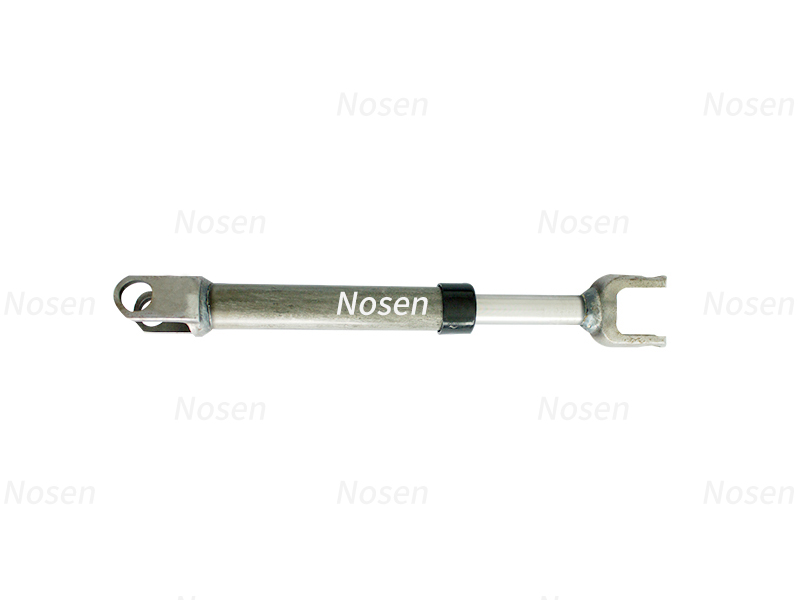Grasping the Steering Shaft: A Vital Component of Your Vehicle

The steering column shaft is a crucial yet often ignored component of your vehicle's steering system. It serves as the critical connection between the steering wheel and the steering system, allowing drivers to control the course of their vehicle. Knowing how the steering shaft functions and its importance can improve your awareness of automotive maintenance and performance.
One important aspect of the steering shaft is the lower steering shaft, which is connected to the steering column and plays a significant role in translating the driver's input into steering movement. When evaluating alternatives or upgrades, it is essential to choose the factory lower steering shaft or a quality alternative to ensure correct operation and safety. By educating yourself with the lower steering column shaft and its significance, you can come to appreciate the intricacies of your vehicle's steering system and make wise decisions regarding maintenance and repairs.
Introduction of the Bottom Steering Shaft

The bottom steering shaft is an essential component of a vehicle's steering system, connecting the upper parts of the steering mechanism to the steering rack or gearbox. This shaft plays a key role in converting the driver's input from the steering wheel to the wheels of the vehicle, allowing for precise control and maneuverability. Without a properly functioning lower steering shaft, a driver could experience difficulty in steering, which can lead to unsafe driving conditions.
Often made from robust materials to withstand the stresses of driving, the factory lower steering shaft is designed to last for many years under typical conditions. https://www.nosen-tech.com/info/108091.html is engineered to provide the appropriate friction and flexibility, ensuring smooth operation while absorbing vibrations that occur on the road. Maintaining the integrity of this component is vital for the overall performance and safety of the vehicle.
In some cases, vehicle owners may require replace their lower steering column shaft due to deterioration, damage, or manufacturing defects. Choosing a reliable replacement part is critical to maintaining peak steering performance. Ensuring that the replacement part is compatible with your vehicle model not only enhances safety but also ensures a seamless driving experience. Regular inspections and maintenance of the lower steering shaft can help prevent possible issues before they escalate.
Benefits of an Original Lower Steering Shaft
The original lower steering shaft is engineered to meet the specific standards set by the car manufacturer, ensuring the maximal level of conformity and performance. By utilizing OEM components, car owners can have faith that the steering system will function as designed, providing a fluid and accurate driving experience. This conformity greatly reduces the likelihood of malfunctions that can happen with aftermarket alternatives that may not entirely align with the factory specifications.
Longevity is a further key advantage of choosing an original lower steering shaft. These components are engineered to withstand the rigors of daily driving and are undergo intensive testing to ensure they meet safety and reliability requirements. An genuine lower steering shaft typically offers improved longevity compared to non-genuine parts, which may wear out more quickly or fail under stress. This reliability is crucial for maintaining steering performance and automobile safety over time.
Additionally, installing an original lower steering shaft can help preserve the resale value of the car. Customers are often more inclined to purchase a vehicle that has been cared for with genuine parts, as it demonstrates care and a focus to quality. By choosing an original component, owners can ensure that their car stays in optimal condition, making it more attractive for prospective buyers and potentially increasing its market value.
Upkeep and Repair of the Lower Drive Post Shaft
Adequate maintenance of the bottom drive column shaft is essential for guaranteeing secure and effective driving. Regular inspections should be conducted to examine signs of wear or harm. Watch for any loose links, rust, or excessive play in the driving system. Keeping the bottom steering shaft oiled can also help prevent excessive wear and extend its lifespan.
If any problems are found during evaluations, timely services should be performed. Substituting a damaged original lower drive rod is crucial, as neglecting these fixes can result to more serious driving problems and potentially compromise automobile security. Ensure that any replacements adhere to OEM specifications to ensure optimal performance.
In also to inspections and fixes, it is critical to monitor the adjacent parts of the steering system. Problems with the bottom drive column rod can sometimes originate from neighboring parts, such as the drive mechanism or universal joint couplings. Regular servicing and care to the complete driving system will help ensure seamless operation and enhance the general driving performance.
